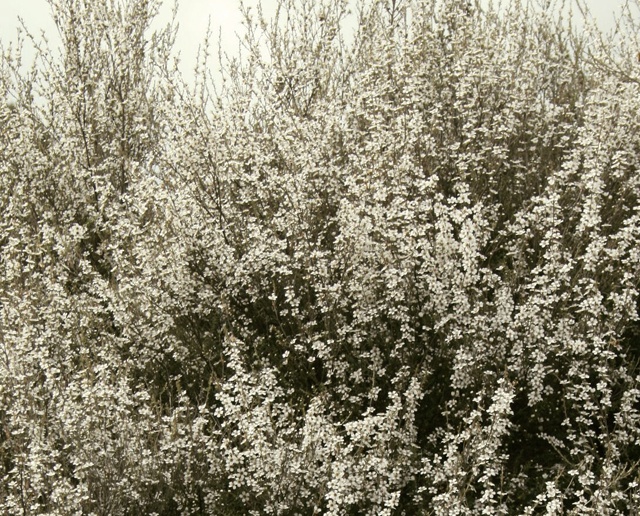


About
04 December 2013
It’s not that long ago the manuka on Poronui was thought of as a home for deer and little else. In fact it’s only 25 years or so since large areas were rolled and crushed to be planted in pine trees – the times have certainly changed!
Rather than pulling out manuka, the opposite is now happening. 20,000 manuka plants have just been planted on Poronui in areas where exotic pine and eucalyptus trees have been harvested. If this goes well the planting program will grow dramatically over the course of the next few years.
Manuka flowering on PoronuiWhy the change? Manuka still provides a great home for deer. It also grows well in an environment where most other trees struggle to cope. It adds to the natural character of the property and is great from a environmental stand point – helping safeguard the water quality in the catchment. Our trout benefit as well, because the green manuka beetle is a highly desirable item on the menu.
The big point of difference now though is honey. The fact that other plants don’t grow well on Poronui is actually an advantage, because bees working on Poronui while the manuka is flowering collect that nectar and very little else. As a result, Poronui manuka honey is very pure and develops high antibacterial activity – making it highly sought after.
Manuka honey is now recognised internationally for providing many health benefits and is used widely in products such as wound dressings, balms, lotions and lozenges. Among other things It has tremendous antibacterial properties and has provided amazing results when used to treat burns, ulcers, infected wounds, tonsillitis etc. In many cases manuka honey has provided relief when traditional dressings or antibiotics had failed.
Most people however take their honey from a pot – where it is considered a functional food. It is worth noting that to provide significant antibacterial benefit, honey needs to have a non-peroxide activity or UMF of at least 10. Less than this, and it tastes great and goes well on toast, but doesn’t have any specific health benefits over other honeys. Beyond that and the high activity monofloral manuka honey is quite special – and really too good to go in the pantry next to jam and peanut butter! The amazing thing is that it is a combination of bee and plant with no intervention from man other than collecting it!
The Westervelt Company now operates its own beekeeping business on Poronui. It’s a perfect fit with the tourism operation. The honey is a high quality premium product and the manuka supports the fishing and hunting as well as bees – and it’s great for the environment. In many ways Poronui is heading back to the way it used to be.
If you visit in December or January you will see the hives around the manuka. There are actually 50,000 bees in every hive at that time of the year which adds up to a staggering 35 million or so on the property! The workers only live about six weeks so they cram in as much as they can to this short time. Luckily they are far too busy working to even think about stinging anyone unless you stand too long directly in front of the hive entrance.
Steve Smith
Want to ask a question about Poronui, personalise your vacation with bespoke itinerary options or find out about available dates?
Simply fill in your name and contact email address with a short message and we will get back to you.